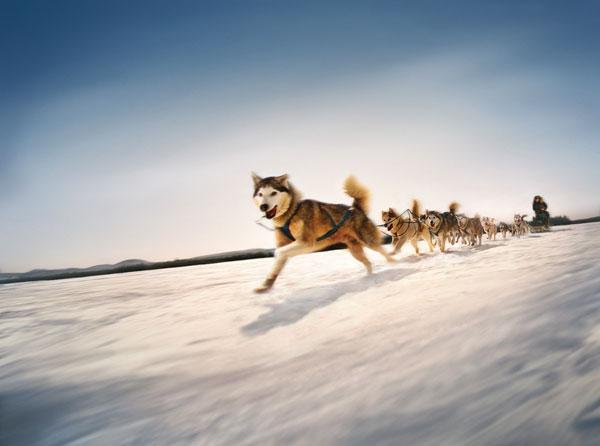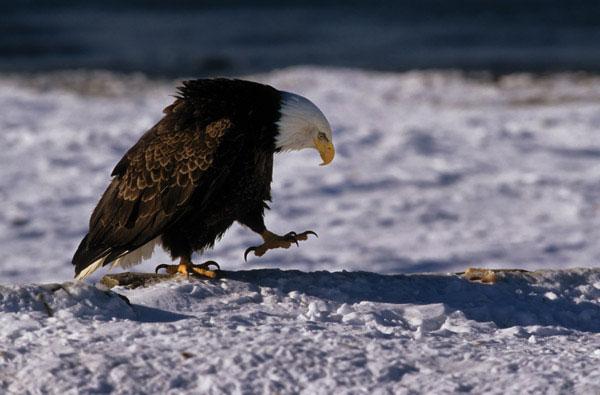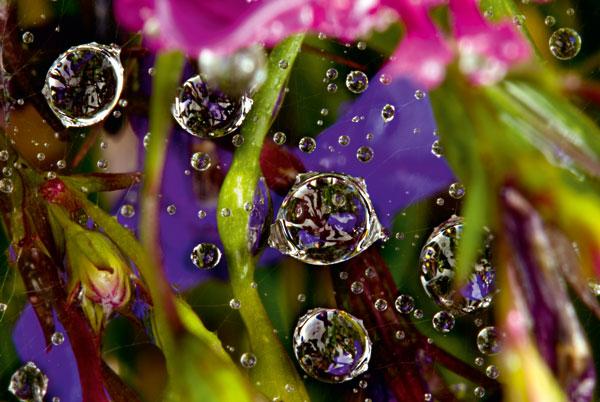Pro Techniques
Sort By: Post Date TitlePublish Date
|
Jul 26, 2013 |
First Published: Jun 01, 2013 |
|
Jul 09, 2013 |
First Published: Jun 01, 2013 |
|
Jul 09, 2013 |
First Published: Jun 01, 2013 |
|
Jul 05, 2013 |
First Published: Jun 01, 2013 |
|
Jul 02, 2013 |
First Published: May 01, 2013 |
|
Jun 28, 2013 |
First Published: May 01, 2013 |
|
Jun 25, 2013 |
First Published: May 01, 2013 |
|
Jun 11, 2013 |
First Published: May 01, 2013 |
|
May 30, 2013 |
First Published: May 01, 2013 |
|
May 28, 2013 |
First Published: Apr 01, 2013 |
|
May 24, 2013 |
First Published: Apr 01, 2013 |
|
May 14, 2013 |
First Published: Apr 01, 2013 |
|
May 10, 2013 |
First Published: Apr 01, 2013 |
















